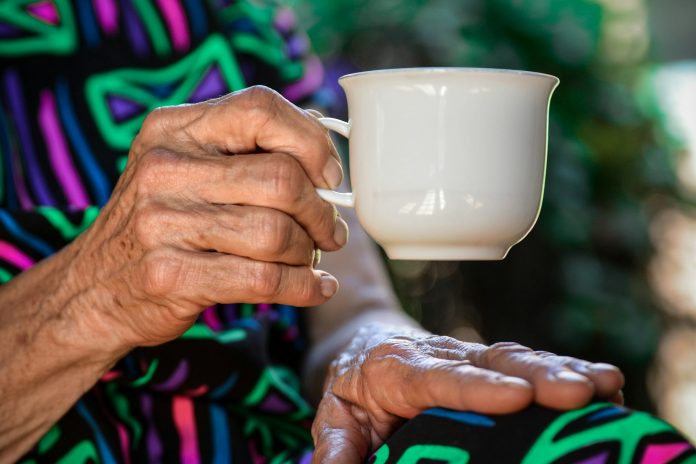An Epidemic Behind Closed Doors
Abuse of older people is far more common than most families realize. A recent World Health Organization fact sheet reports that one in six adults over 60 experienced abuse in community settings last year, while a staggering two out of three nursing-home staff admitted to committing abuse within the same period.
In the United States, under-reporting compounds the crisis. A 2023 study published in the Journal of the American Medical Association (JAMA) found 98,669 hospitalizations for major-injury falls among nursing-home residents, yet facilities disclosed only 60 percent of those incidents to regulators. The same dataset uncovered 39,894 stage 3–4 pressure-ulcer hospitalizations with just 67.7 percent reported (study summary).
The consequences reach beyond statistics. State Long-Term Care Ombudsman programs, created to defend residents’ rights, served more than 3 million residents across 76,000 facilities in fiscal year 2022, according to the U.S. Government Accountability Office. Yet ombudsmen routinely cite understaffing and funding gaps that limit their reach—leaving early warning signs to be spotted by nurses, visiting relatives, and increasingly vigilant medical professionals.
Legal advocates such as Los Angeles nursing home abuse lawyers emphasize that meticulous medical records—especially wound-care charts, lab values, and imaging—often spell the difference between an unsubstantiated claim and a successful verdict.
Policy-makers, too, have a role. Mandating automatic electronic reporting of falls and pressure ulcers to Medicare, tying reimbursement to independent audit rates, and expanding federal grants for RN staffing would move the needle. The cost of inaction is steep: hospitalizations tied to elder abuse add an estimated $5.3 billion annually to U.S. healthcare spending, according to the National Center on Elder Abuse.
Early Medical Red Flags No Chart Should Ignore
While emotional or financial abuse may leave few outward traces, physical and medical neglect often announces itself in subtle clinical ways:
- Unexplained bruising in various stages of healing: Multiple bruises in different colors suggest repeated trauma on separate days rather than a single accident.
- Stage-I pressure injuries (intact skin that is red, warm, or “boggy”): Early intervention can halt progression; late discovery leads to the stage 3–4 ulcers highlighted in the JAMA figures above.
- Rapid weight loss or chronic dehydration: Sudden declines may indicate missed meals, inadequate fluid intake, or overuse of diuretics.
- Recurrent urinary-tract or respiratory infections: These often point to poor hygiene, contaminated catheters, or aspirated food because of staff rushed feeding.
- Polypharmacy-related oversedation: Residents who are unusually drowsy, slurring words, or sleeping through meals may be receiving chemical restraints.
A 2025 compilation by the Nursing Home Abuse Center notes that 81 percent of nurses and aides have witnessed emotional elder abuse, and 40 percent confessed to committing at least one incident themselves. Medical clues—pressure sores, bruises, weight shifts—often surface before a resident can articulate emotional mistreatment.
Why the Numbers Stay Hidden
Understaffing, fear of retaliation, and financial disincentives keep many injuries off the books. Medicare’s star-rating system still relies heavily on self-reported quality metrics; facilities face reputational and monetary damage when serious incidents are logged. As a result, families and front-line clinicians become the de facto safety net.
The GAO’s 2024 review of ombudsman programs underscores the systemic pressure: resources remain flat while caseload complexity climbs, especially around residents with dementia and behavioral health needs. Meanwhile, global watchdogs warn that pandemic-era isolation magnified risks; WHO notes that rates of elder abuse increased during COVID-19 lockdowns, an after-shock likely to persist.
From Bedside to Courtroom: Building a Culture of Vigilance
Families can take five practical steps:
- Inspect skin during visits. Early-stage pressure injuries are reversible; late-stage ulcers can become fatal.
- Track vitals and weight trends. Ask for monthly nutrition and hydration logs; sudden dips warrant investigation.
- Scrutinize medication lists. Confirm dosages with an outside pharmacist to spot inappropriate sedatives.
- Leverage technology. Motion-sensor mats and remote vitals can alert caregivers to unattended bed exits or dehydration.
- Document everything. Photographs, dated notes, and copies of incident reports create a paper trail if legal action becomes necessary.
A Call to Action
Silent harm thrives in dimly lit rooms and sparse chart notes. By recognizing early medical signs—bruises that bloom in secret, pressure points that darken overnight—we bring abuse into the light where families, clinicians, and regulators can act. Embedding victim-centered safeguards into every layer of eldercare—from bedside assessments to federal audits—ensures that the twilight years are marked by dignity, not neglect. “See something, say something” is not a slogan; it is a clinical imperative that can save lives tomorrow.


